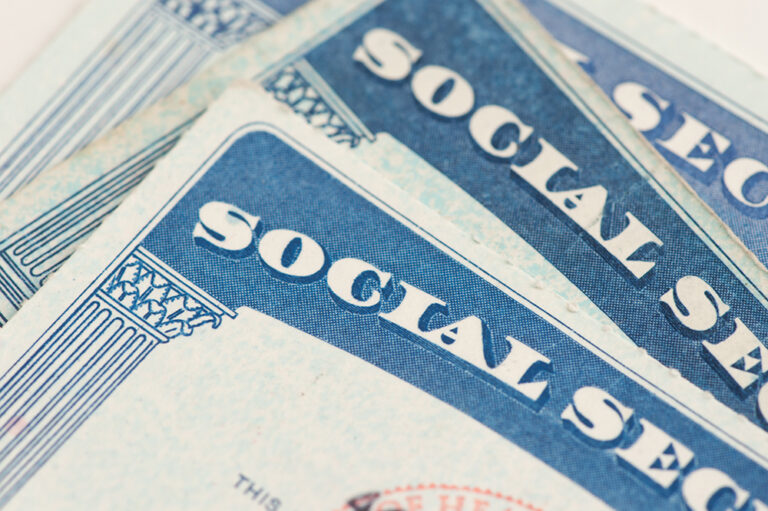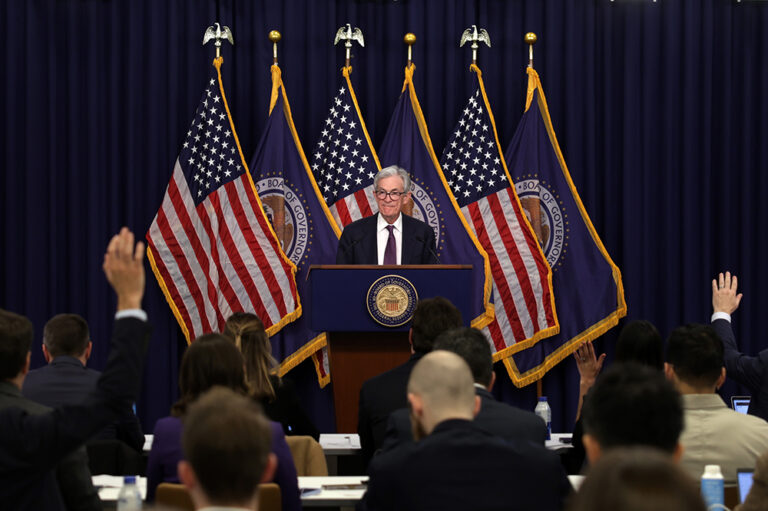In September, the Office of Management and Budget submitted its Mid-Session Review, a supplement to the President’s annual budget to Congress. This report showed that the administration continues to assume 3 percent economic growth over the next decade. Real (inflation-adjusted) growth in GDP of 3 percent is significantly higher than independent, nonpartisan estimates and historically difficult to achieve. Critically, higher assumed growth also has the effect of concealing $2 trillion or more in added deficits.
As part of passing the 2025 One Big Beautiful Bill Act (OBBBA), Republican lawmakers also used an optimistic estimate of economic growth as a way to artificially increase projected revenues into the federal government. For OBBBA, lawmakers used a projection of 2.6% GDP growth, still well above independent estimates.
Here are three key reasons why assuming 3 percent growth is a fiscally irresponsible budget gimmick.
1) Three percent growth is significantly above the expectations of economists.
No current nonpartisan forecast assumes anything close to 3 percent growth over the next decade. Projections from public and private institutions, including the Congressional Budget Office (CBO), the Federal Reserve, and the consensus of the country’s top economic forecasters, all conclude that annual GDP growth will average less than 2 percent per year over the next decade. In fact, even the most bullish analysts only project an average annual GDP growth of 2.2 percent over that period, topping out at 2.3 percent in 2026 and 2027. While sustained 3 percent growth is an admirable goal, it is not a realistic expectation at present.
2) Based on history, sustained 3 percent economic growth for a decade would be unprecedented.
Over the past 25 years, real GDP growth has exceeded 3 percent just 4 times. Most of the periods of higher growth took place after recessions rather than during periods of economic stability.
3) The unlikely growth assumption produces an overly rosy revenue projection, artificially improving the outlook for the national debt.
Growing GDP increases the amount of taxable income and thus boosts tax revenues. Consequently, assuming 3 percent growth has the effect of making deficits appear $2 trillion lower over the decade relative to CBO’s baseline projections. Such an assumption may make it easier on paper to achieve budgetary goals, but the result will likely be higher-than-expected debt.
With the national debt rising rapidly and interest costs soon exceeding $1 trillion annually, it has never been more important for lawmakers to focus on solving America’s fiscal challenges. Relying on budget gimmicks like unrealistic assumptions for economic growth is a step in the wrong direction. Instead, our nation’s leaders should take advantage of the wide range of options available to stabilize our debt and address the structural imbalance between spending and revenues in our budget.
Photo by sebastian-julian/Getty Images
Further Reading
Should We Eliminate the Social Security Tax Cap?
There have been a number of proposals to increase, eliminate, or otherwise adjust the payroll tax cap as a way to shore up Social Security’s finances.
The Fed Reduced the Short-Term Rate Again, but Interest Costs Remain High
High interest rates on U.S. Treasury securities increase the federal government’s borrowing costs.
No Taxes on Tips Will Drive Deficits Higher
Here’s how this new, temporary deduction will affect federal revenues, budget deficits, and tax equity.


